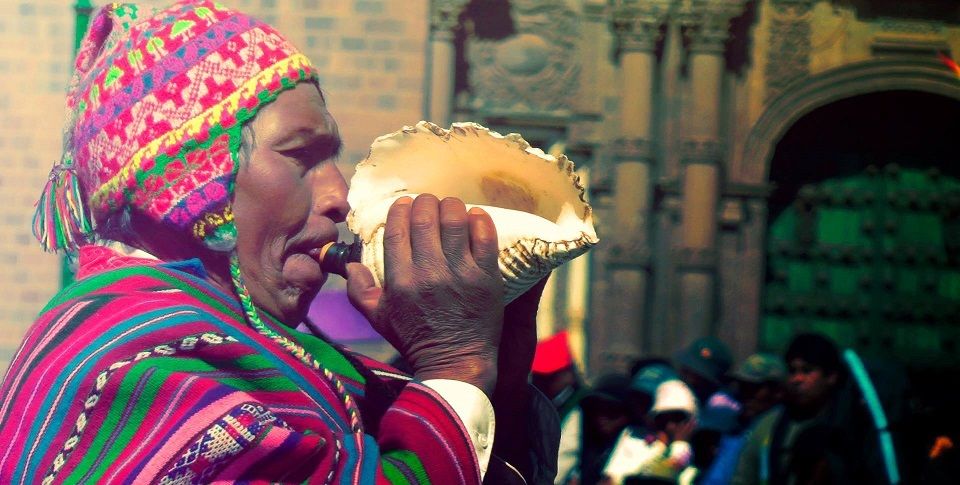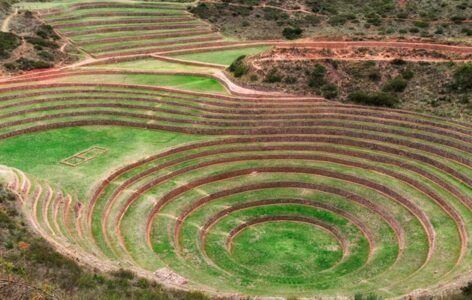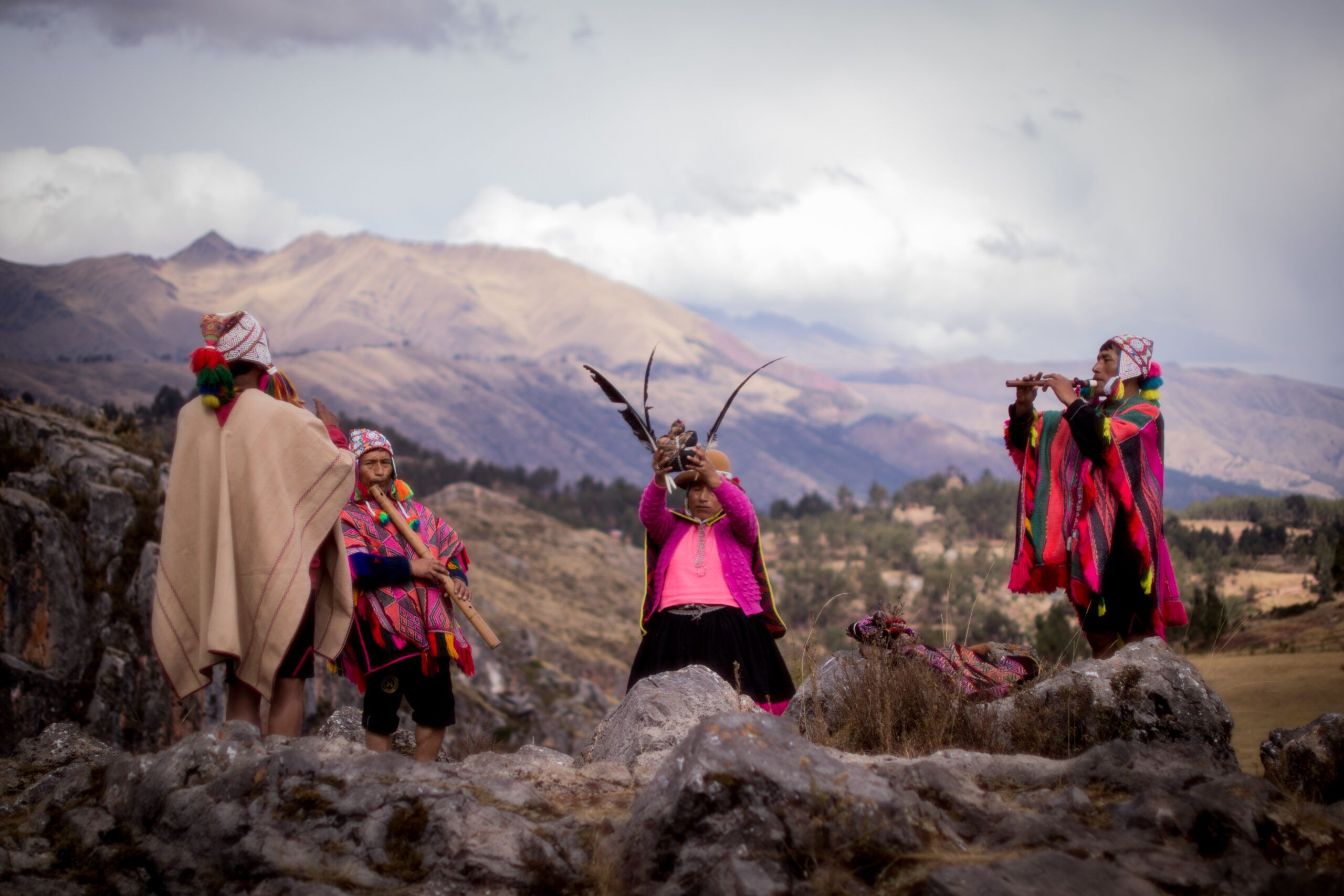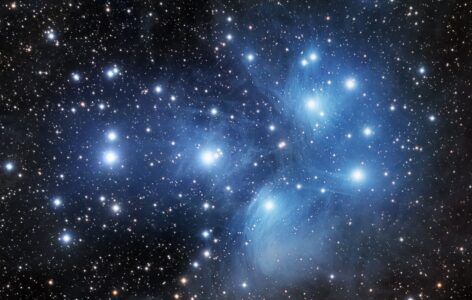Far more than just Machu Picchu, Cusco is a living museum of Andean culture where ancient traditions pulse through daily life—nowhere more vibrantly than in its music.

From the haunting melodies of panpipes echoing through cobblestone streets to the electrifying fusion of modern huayno beats, the city offers a complete sensory immersion into Peru’s rich heritage.
Music of Cusco: The Eternal Voice of the Andes
Pre-Columbian Music Foundations
The archaeological rediscovery of Inca instruments reveals an astonishing musical sophistication.

Remarkably, antaras (ceremonial panpipes) unearthed at various sites remain playable after centuries, testifying to their makers’ extraordinary craftsmanship (Turino, 2008, p. 45). These were no mere instruments—they were sacred objects, their melodies woven into agricultural rituals and cosmologies, binding sound to the natural world (Stobart, 2006, p. 72).
Similarly, the pututu (conch trumpet) still pierces Andean skies today, summoning communities to ceremonies just as it did for the Inca (Cohen, 2012, p. 118).


Meanwhile, the deep resonance of the wankar drum once echoed exclusively in noble courts, its rhythms reinforcing social hierarchies (Cummins, 2002, p. 93).
As Garcilaso de la Vega documented, these instruments were the heartbeat of imperial power (1609/1966, p. 214)—yet their legacy now thrives in festivals and daily life, proving the unbroken thread of Andean tradition.
Colonial Encounters: Resistance and Reinvention

The Spanish arrival forced musical innovation. Enslaved Africans, stripped of their instruments, ingeniously reshaped small guitars into the iconic charango, crafting its resonant chamber from armadillo shells—a symbol of cultural survival (Romero, 2001, p. 67). Today, Cusco’s luthiers like the Méndez family still honor this craft, blending ancestral techniques with modern materials (Turino, 2008, p. 112).
Behind monastery walls, Indigenous musicians staged another quiet revolution. Recently uncovered manuscripts from the Cusco School reveal how they cloaked Andean melodies in Baroque ornamentation—a sonic act of resistance (Baker, 2008, p. 89). This fusion birthed new genres; even now, the melancholy yaraví carries traces of colonial-era violins alongside pentatonic haylli work songs (Estenssoro, 2003, p. 132).
Modern Cusco: Tradition Electrified
In dimly lit clubs like Ukukos Bar, the real huayno lives—not as a tourist spectacle, but as a rebellious, evolving force.
Artists like William Luna inject the genre with electric energy, fusing charangos with synth beats to captivate younger audiences (Llorens, 2019, p. 134).

Here, locals dance to rhythms that stretch back centuries, proving Andean music isn’t frozen in time—it’s a conversation between past and present (Mendoza, 2000, p. 77).
From archaeological sites to underground clubs, Cusco’s soundscape tells an unbroken story: one of resilience, reinvention, and the enduring power of music to define a people.
References
- Baker, G. (2008).Imposing Harmony: Music and Society in Colonial Cusco. Duke University Press.
- Turino, T. (2008).Music in the Andes: Experiencing Music, Expressing Culture. Oxford University Press.
- Stobart, H. (2006).Music and the Poetics of Production in the Bolivian Andes. Ashgate.
- Romero, R. (2001).Debating the Past: Music, Memory, and Identity in the Andes. Oxford University Press.
- Garcilaso de la Vega, I. (1966).Royal Commentaries of the Incas (H. Livermore, Trans.). University of Texas Press. (Original work 1609)
- Mendoza, Z. (2000).Shaping Society Through Dance: Mestizo Ritual Performance in the Peruvian Andes. University of Chicago Press.
- Instituto Nacional de Cultura del Perú. (n.d.). Field recordings of Andean ceremonial music [Archival audio collection].



